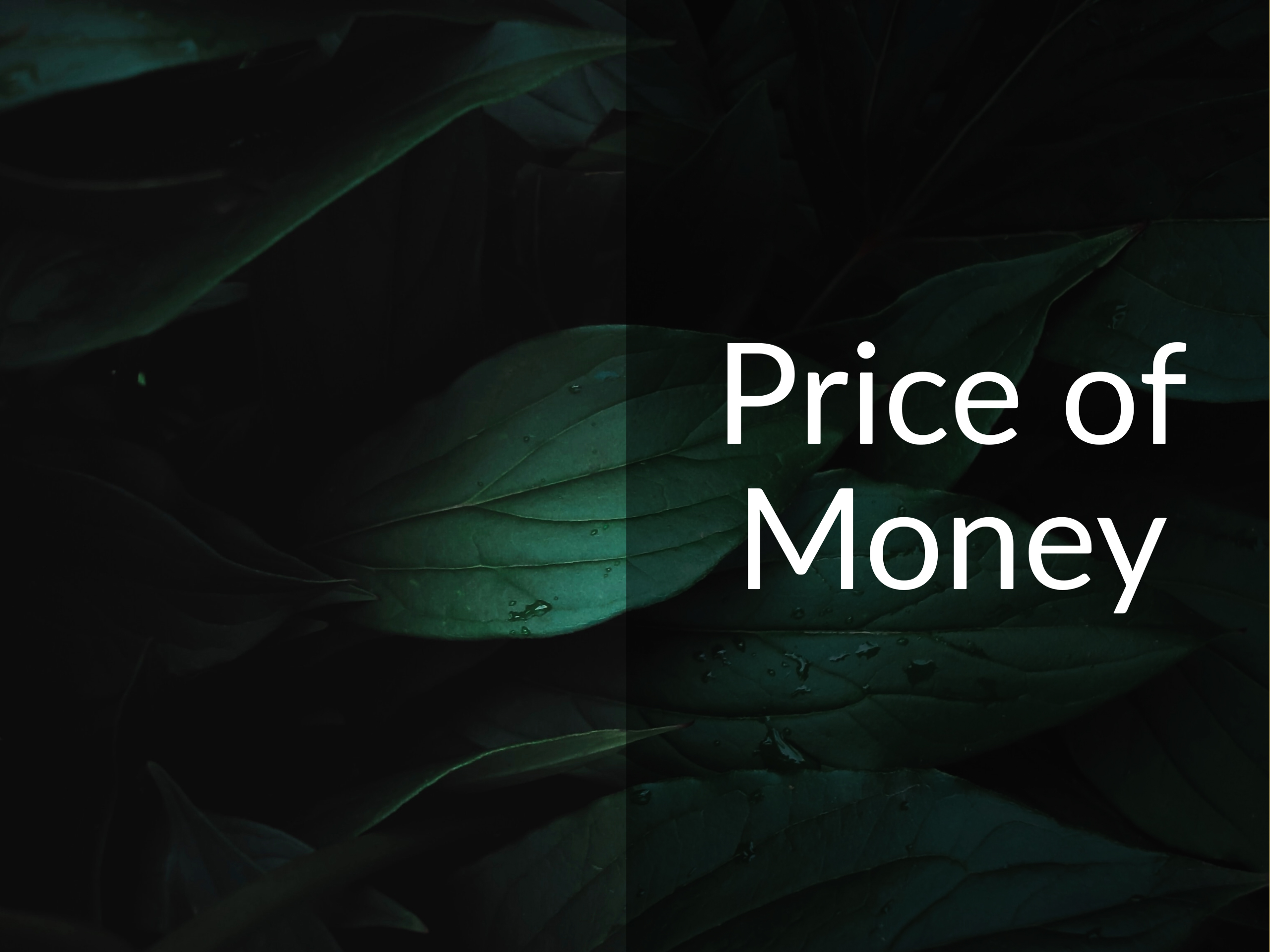Interest rates have been sliding for seven centuries. Dive into the historical forces driving this trend and examine whether the recent interest rate spike is just a blip on the radar.

Topics covered include:
- How the supply of savings and the demand to borrow impact interest rates
- Why have interest rates been falling for over 700 years, and what might have changed recently to propel rates higher
- How lower rates have helped households increase their net worth and reduce their financial vulnerability
- What are some lower-risk ways to take advantage of higher interest rates
Show Notes
Secular stagnation is not over by Olivier Blanchard—Peterson Institute for International Economics
A big problem looming for bond markets by TOMASZ WIELADEK—The Financial Times
Eight centuries of global real interest rates – Paul Schmelzing – Bank of England
Changes in U.S. Family Finances from 2019 to 2022—The Federal Reserve
A Complete Guide to Investing in I Bonds and TIPS
Episode Sponsors
Money Pickle – Schedule a free 45-minute video chat with a vetted financial advisor and ask them anything about your financial situation. Go here to schedule your free session.
LinkedIn Jobs – Use this link to post your job for free on LinkedIn Jobs
Related Episodes
448: Where Are Interest Rates Headed Next? Insights from the Jackson Hole Symposium
450: How Higher Interest Rates Alter Our Financial Blueprint
452: Beyond Stocks: The Allure and Strategy of Credit Investments
Transcript
Welcome to Money for the Rest of Us. This is a personal finance show on money, how it works, how to invest it, and how to live without worrying about it. I’m your host, David Stein. Today is episode 453. It’s titled The Price of Money: Why Interest Rates are Unlikely to Stay This High.
Has Something Fundamentally Changed?
Earlier this week, the 10-year nominal Treasury bond yield exceeded 5% for the first time since 2007, 16 years ago. 10-year real yields are approaching two and a half percent, also the highest level since 2007. Interest on 30-year mortgages in the US are near 8%, the highest since the year 2000. That is shocking, given that two years ago the interest rate on 30-year fixed mortgages was less than 3%.
An interest rate is the price we pay to borrow money.
What’s more normal, a 3% 30-year fixed rate mortgage, or an 8% 30-year fixed rate mortgage? Most of the homes we’ve owned have had 30-year fixed-rate mortgages between 6% and 8%. But two years ago, in 2021, we took out a mortgage for the first time in over a decade in order to help fund our home remodel. We were motivated to do so because we were able to lock in a rate of 3%.
In the past few months, we’ve explored different aspects of interest rates. We looked at insights from the Kansas City Federal Reserve’s annual symposium—that was in Episode 448—and looked at what was driving interest rates and what these economists and central bankers thought. In episode 450 we considered six impacts of higher interest rates on housing, capital projects, stock buybacks, opportunity cost. In episode 451 we looked at why our allocation to riskier assets, like stocks, should be lower if we can earn a higher risk-free rate, in this case 5% risk-free in the current environment.
And then last week, in episode 452, we looked at investing in non-investment-grade bonds, leveraged loans, and preferred stocks, because their expected returns are so compelling relative to common stocks. We keep going back to the same theme because rates are as high as they’ve been in 16 years. We really want to understand what is going on in order to make effective investment decisions.
Here’s a fascinating quote from Bloomberg Economics. They write: “Investors are finally coming to grips with the realization that something fundamental has changed. Money is going to stay expensive for a good long while. And not just because it’s taking longer than expected for the Federal Reserve to wrestle down inflation.” Is that true? Well, we’ll look at two views that that is the case, but then we’ll look at one that puts what’s going on today with interest rates into long-term historical context. And by long-term, I mean over 700 years of interest rates.
Bloomberg Economics points out that the price of money, like the price of many things, is driven by supply and demand. In the case of interest rates, the supply is savings. How willing are workers and others to save money and to invest in lower-risk assets like US Treasury bonds? What is the supply of that savings? The demand comes from the desire to borrow; the desire of the government to borrow in order to invest in infrastructure projects, or corporations to borrow to invest in projects like a new plant or factory that they feel will help their company grow.
The Natural Neutral Interest Rate
So we have borrowers, the demand, the investment, and we have the savers, those that are willing to lend, willing to buy bonds. And there’s an equilibrium, and that equilibrium is a term we’ve used in the past, it’s sometimes called the neutral real rate of interest. And by real—net of inflation. Sometimes it’s called R-star.
As a Money For the Rest of Us Plus member, you are able to listen to the podcast in an ad-free format and have access to the written transcript for each week’s episode. For listeners with hearing or other impairments that would like access to transcripts please send an email to team@moneyfortherestofus.com Learn More About Plus Membership »
